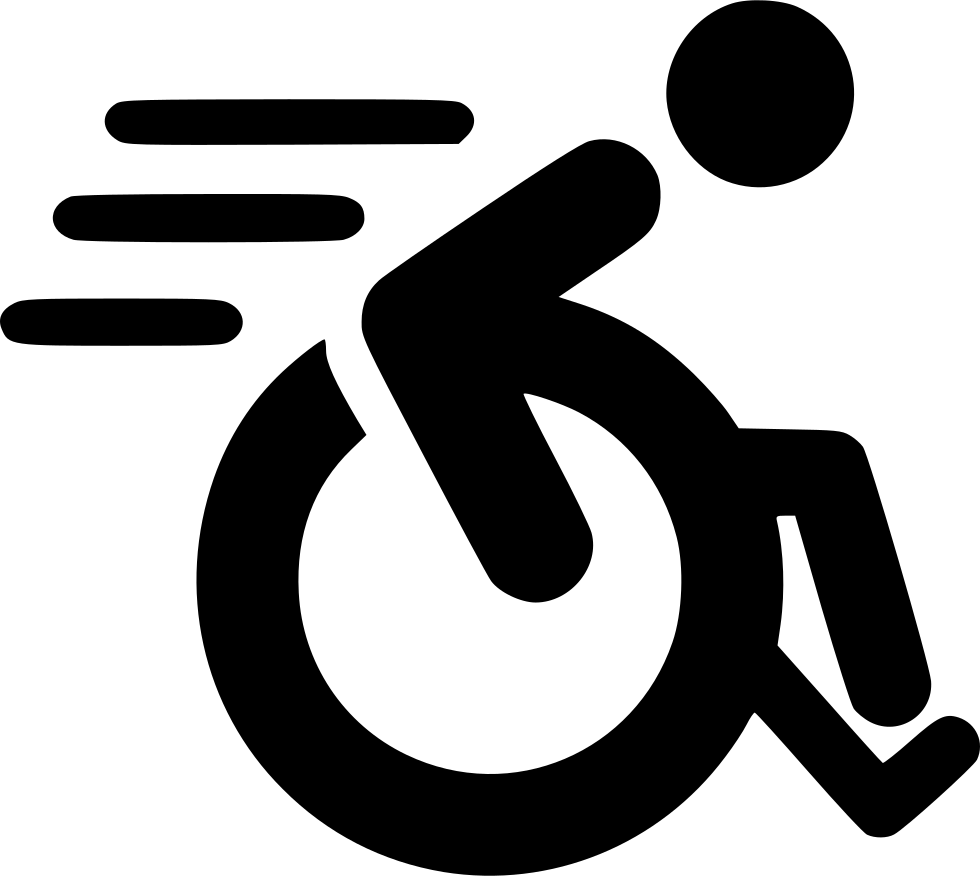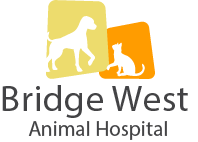Arthritis in Dogs
 Osteoarthritis (OA) is a complex condition involving inflammation and degeneration of one or more joints. The word osteoarthritis is derived from several words in Greek: osteo meaning “bone,” arthro meaning “joint,” and itis meaning “inflammation.” Dogs with OA experience pain and inflammation in various joints that interfere with the activities of daily living.
Osteoarthritis (OA) is a complex condition involving inflammation and degeneration of one or more joints. The word osteoarthritis is derived from several words in Greek: osteo meaning “bone,” arthro meaning “joint,” and itis meaning “inflammation.” Dogs with OA experience pain and inflammation in various joints that interfere with the activities of daily living.
OA is diagnosed through a combination of a thorough physical examination, a palpation (feeling with the fingers to localize pain and determine its intensity), and additional diagnostics including x-rays or other imaging technology.
What causes OA?
There is no single cause of OA. There are many factors involved, including:
- Body conformation (how a dog is built)
- Body condition/weight (being overweight or obese is highly correlated with OA)
- Abnormal joint development (e.g. canine hip dysplasia, elbow dysplasia, luxating patellas)
- Activity history
- Injury history (e.g. past fracture, ligament damage, muscle injury, joint infection, damage/erosion of cartilage)
- Orthopedic surgery
- Nutritional history
In fact, most dogs with OA experience a combination of these factors as their OA develops and progresses.
We now know that just “getting old” is NOT a cause of OA.
Are there other signs of OA besides difficulty getting up and down?
Dogs can exhibit many different signs when they have OA, and they do not necessarily demonstrate all the same signs all the time. The most common signs dog owners may notice include:
- Difficulty getting up and down
- Walking stiffly
- Lameness in one or more legs
- Reluctance to go up and/or down stairs
- Reluctance to jump up or down (onto/off furniture or into/out of a vehicle)
- Stiff, swollen, or sore joints
- Reluctance to be touched on some parts of the body
- Loss of stamina
- Unexpected aggression towards other dogs or towards humans
My dog’s veterinarian said that my dog is overweight. She prescribed new food as well as some medications and nutraceuticals. Why are there so many things for me to give my dog?
Unfortunately, there is no “magic bullet” for treating OA. In fact, once OA is established, we are not so much treating it as managing it because OA is not a disease that can be cured.
OA is a very complex disease process, so managing it is a fairly complex process because we get the best results from combining multiple modalities. Typical multimodal management of arthritis generally includes the following:
Nutrition
Normalizing body condition is critical, so your veterinarian will prescribe a specific nutritional product to accomplish this goal. There is now a nutrient profile that can support the joints while helping to normalize body weight and condition. It is important to stick strictly to the prescribed nutritional program.
Pain medications
Non-steroidal Anti-Inflammatory Drugs (NSAIDs) are generally used as the first line of defense against the pain of OA. Your veterinarian will determine if your dog is a good candidate for this class of medication.
"Never reach into your own medicine cabinet
when your dog limps or has been diagnosed with OA."
Gabapentin is a pain medication that addresses chronic pain differently from NSAIDs and complements those medications. It provides a way to address the chronic nature of OA pain, and is especially helpful when the patient is older and not able to take a NSAID.
It is important never to reach into your own medicine cabinet when your dog limps or has been diagnosed with OA.
Nutraceuticals
When a nutritional supplement has medicinal effects, it is called a “nutraceutical.” There are many of these products on the market, many labeled for use with joint disease. Be sure to ask your veterinarian about the scientific data that supports nutraceuticals that she prescribes.
Physical medicine
Medical acupuncture can provide excellent pain relief for many dogs with OA. Likewise, other physical medicine disciplines like chiropractic and medical massage may be useful.
Finally, physical rehabilitation is a discipline that translates physical therapy techniques from human medicine for application to animal patients. These techniques include (but are not limited to) therapeutic LASER, therapeutic exercise, joint mobilization, and hydrotherapy using an underwater treadmill. T
Should I do anything else to help my dog be more comfortable?
There are simple things that any dog owner can provide to a dog with OA that can help with comfort and mobility. These include:
- Soft, padded bedding
- Raised food and water dishes (elbow height)
- Non-skid floor surfaces
- A ramp for entering and leaving a vehicle
- Adhering to prescribed feeding and medication recommendations
What is my dog’s long-term outlook?
With appropriate management, dogs with OA can and do live a normal life expectancy. It is important to remember that their activity and play may have to be adjusted to accommodate their changing bodies. Your veterinarian can provide specific guidance about those details.
Can canine OA be prevented?
Allowing a dog to grow slowly as a puppy, and maintaining a lean body condition throughout growth and into adulthood, is the mostimportant way to prevent OA. Growth abnormalities and injuries cannot always be predicted, so even our best efforts may not be enough to ward off OA in an older dog. That said, with slow growth, good nutrition, optimal body condition, and regular exercise, the odds of preventing or at least delaying OA are excellent. Your veterinarian will partner with you to create the best plan for your dog.
© Copyright 2025 LifeLearn Inc. Used and/or modified with permission under license. This content written by LifeLearn Animal Health (LifeLearn Inc.) is licensed to this practice for the personal use of our clients. Any copying, printing or further distribution is prohibited without the express written consent of LifeLearn. This content does not contain all available information for any referenced medications and has not been reviewed by the FDA Center for Veterinary Medicine, or Health Canada Veterinary Drugs Directorate. This content may help answer commonly asked questions, but is not a substitute for medical advice, or a proper consultation and/or clinical examination of your pet by a veterinarian. Please contact your veterinarian if you have any questions or concerns about your pet’s health. Last updated on Nov 17, 2017.



